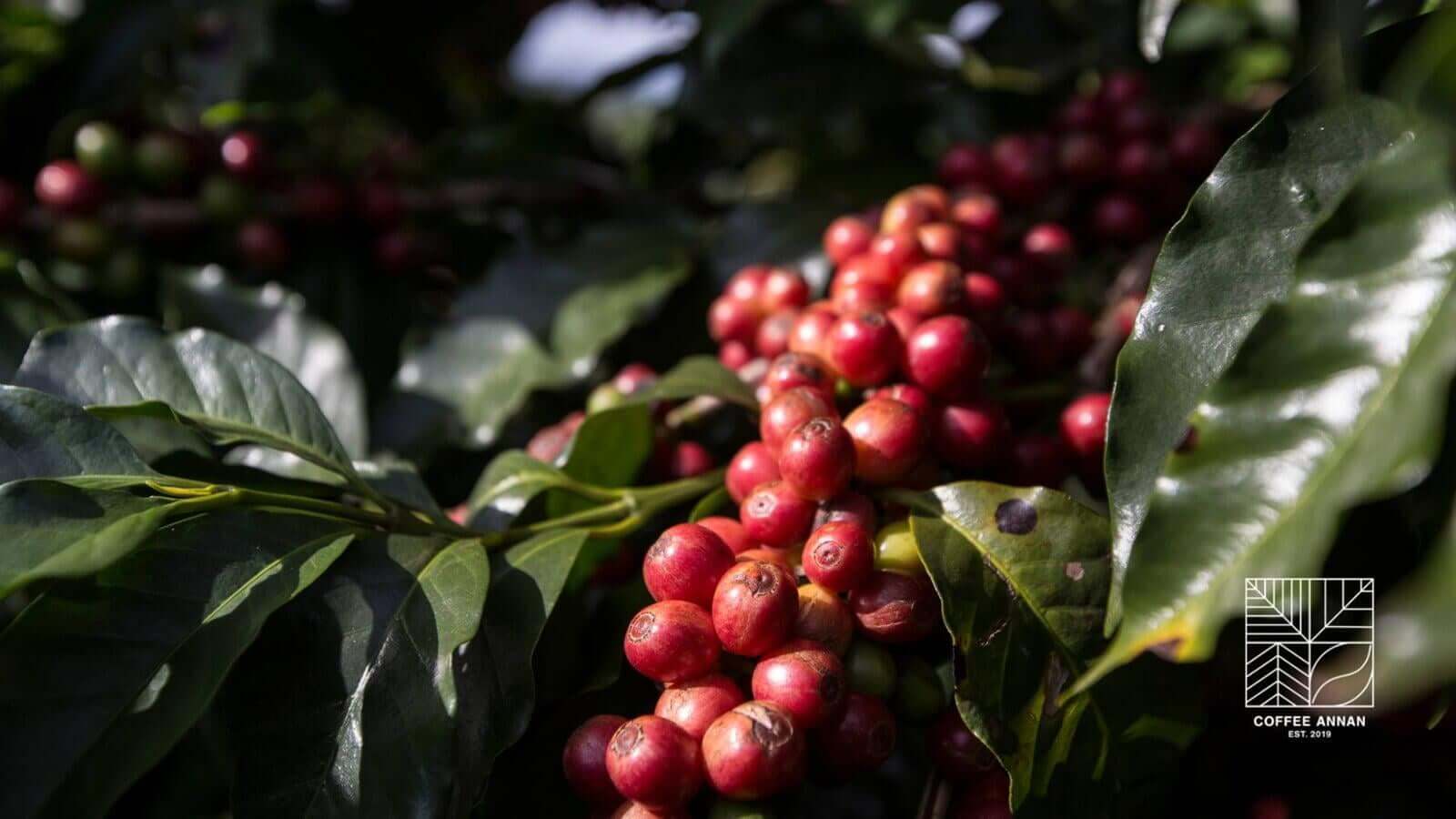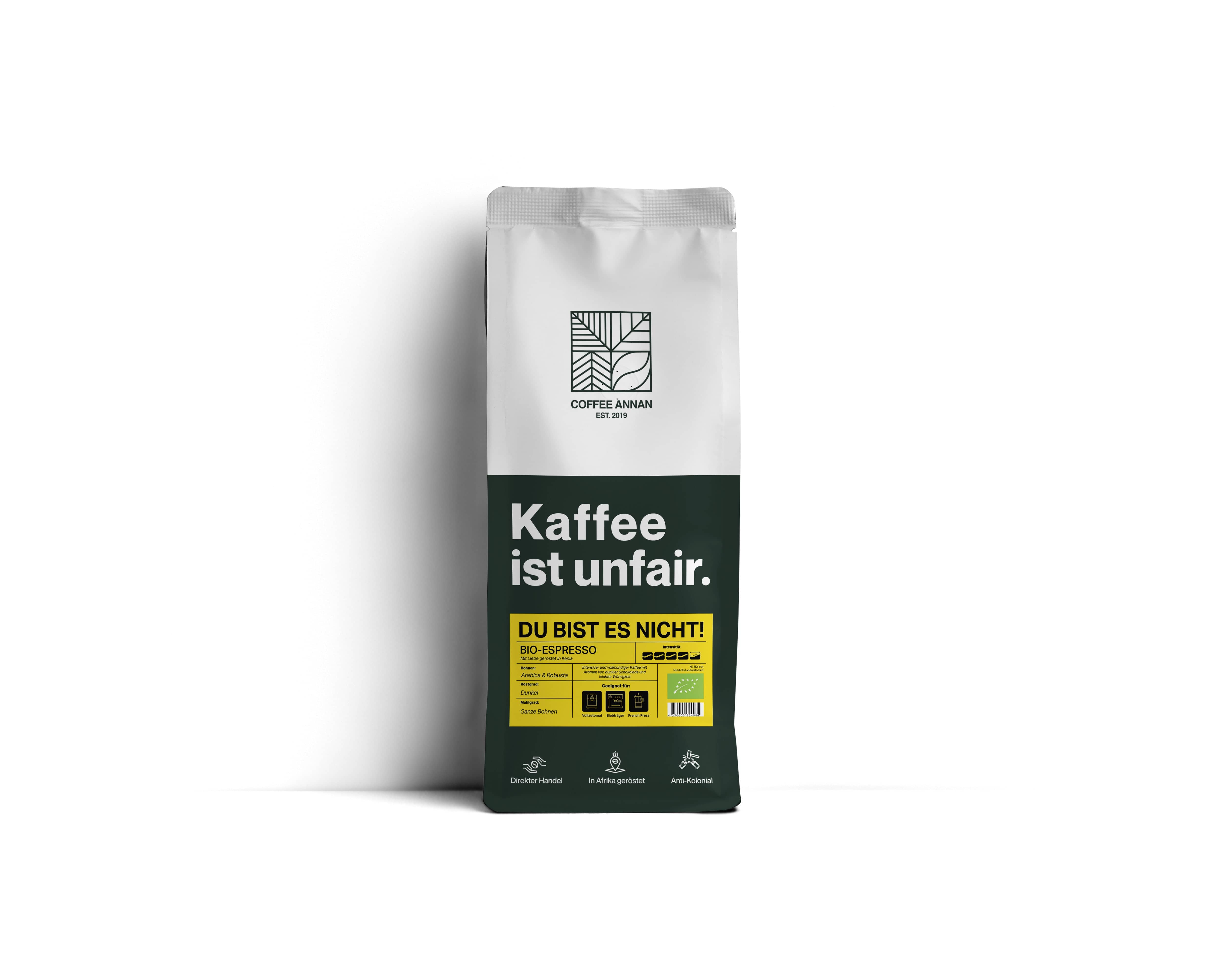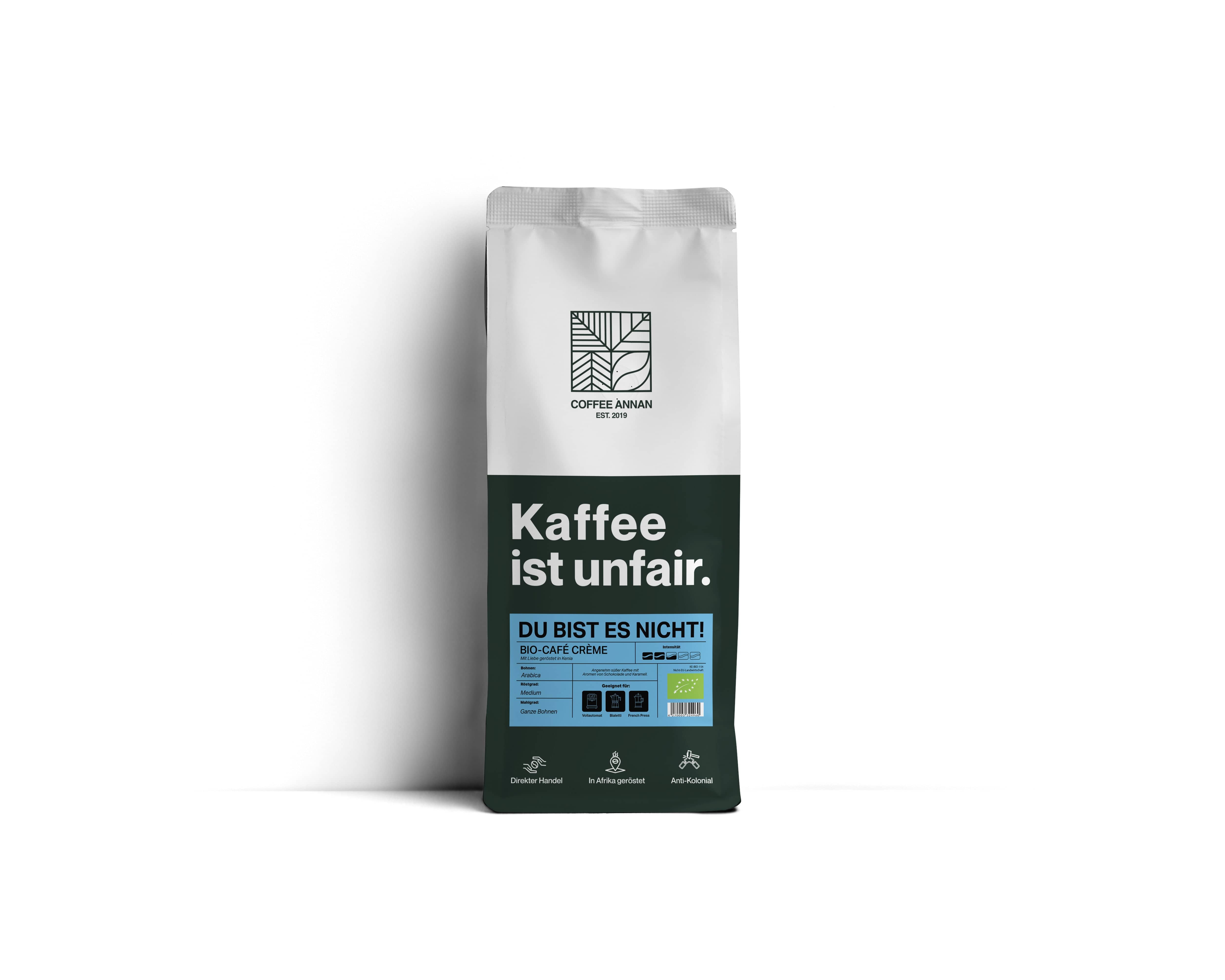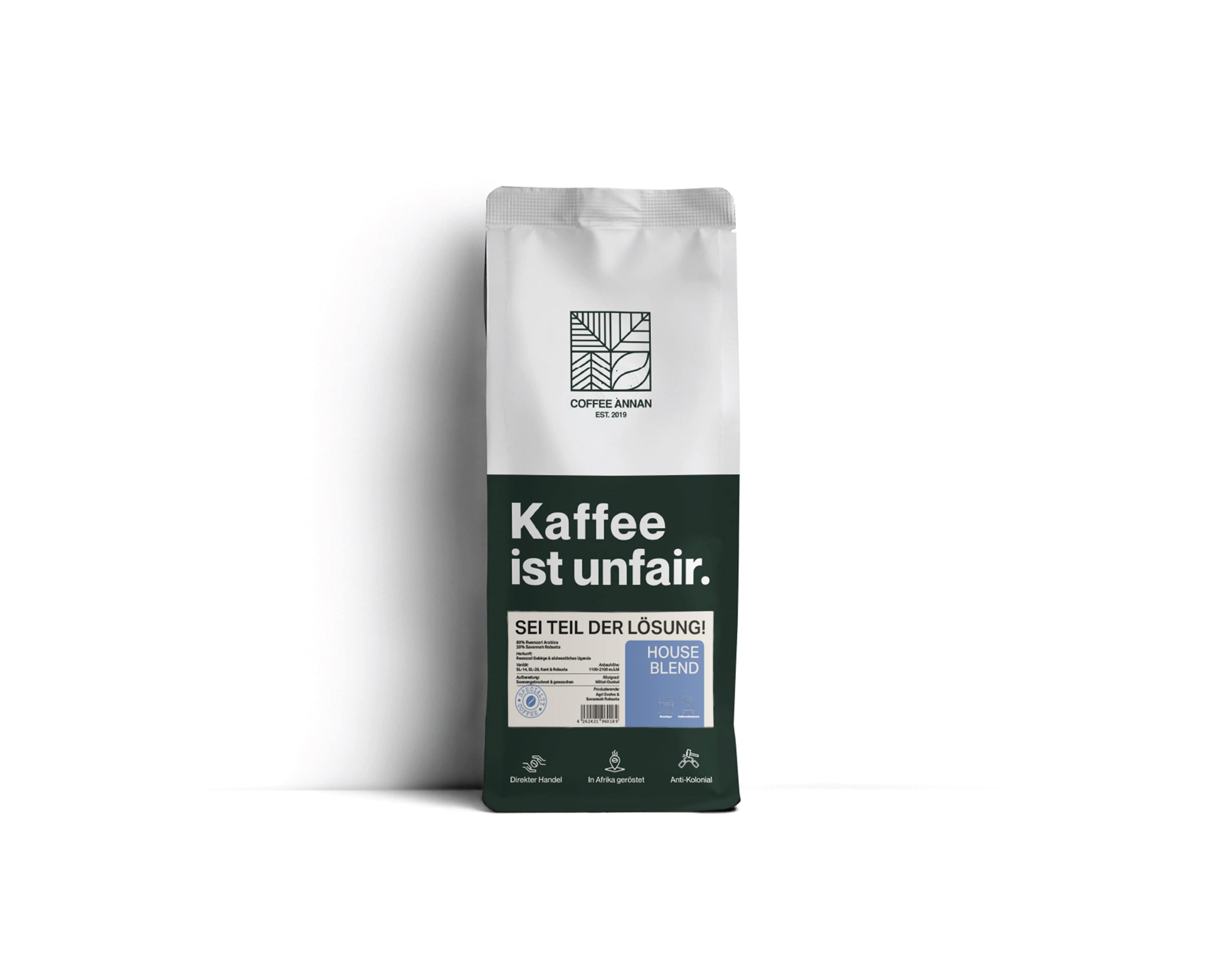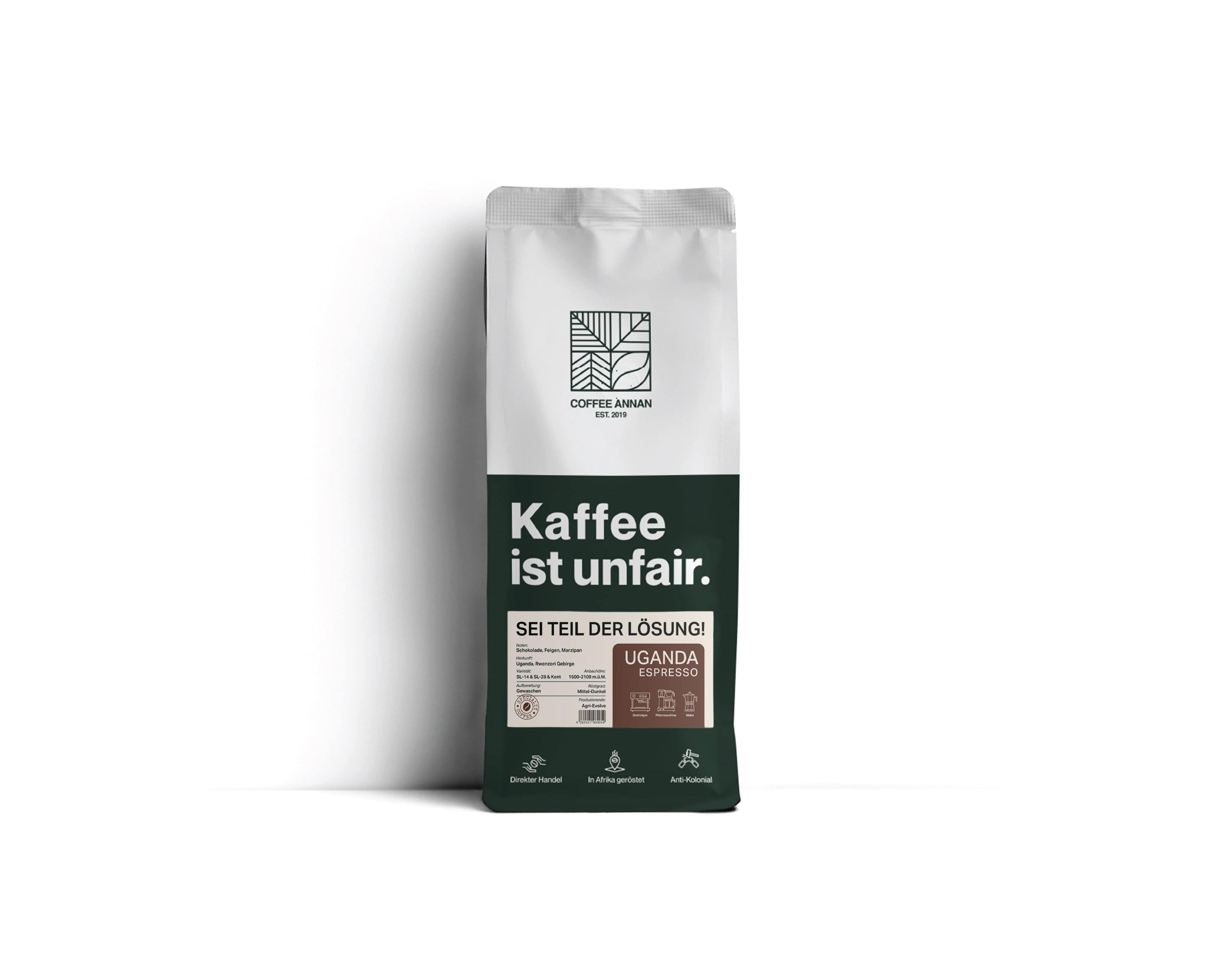I’ve been trying to find out more about how my favourite thing in the world – coffee – ends up in my cup. Over the past few weeks, I have learnt a lot about how we grow, roast and sell coffee today.
As I sip my coffee in the morning, I’ve started to reflect on where this coffee comes from. I don’t just mean the country or the region where the coffee is grown. The next stage in my journey takes me further back in time – to the colonial history of the global coffee trade.
In Europe alone, we drink more than 700 million cups of coffee a day. I’m probably responsible for at least a hundred of those. But how did coffee arrive in Europe in the first place? What are the links between coffee and colonialism? And how is the impact of colonialism still visible in the coffee we drink today?
Where it all began
It turns out that I’m not the only one who thinks coffee has magical powers. Coffee is a native plant to tropical Africa. It was discovered in Ethiopia, where its energising effect made it the subject of several myths and legends. Around 500 years ago, coffee was first transported to Yemen. It was seen as a religious substance and was an important export throughout the Ottoman Empire.
Coffee – and the rumours of its special powers – gradually made its way to Europe in the 17th century. European colonizers wanted to introduce the “exotic” food and drink of unfamiliar countries to the West. The first coffeehouse outside of the Ottoman Empire opened in Venice in 1645. Some priests in Italy were very suspicious and wanted to ban coffee – but the pope tried some himself and gave his approval. So how did coffee go from a mysterious treasure to one of the most traded products in the world?

Coffee and colonialism
Colonialism is defined as the practice of domination by one power over other people or countries. One nation colonizes another by conquering and exploiting its land and people. The colonizing power often forces its language and culture on the colonized people. Modern colonialism began in the 15th century when European countries began to look for new trade routes and civilizations outside of Europe.
From the 1880s, European colonizers started establishing colonies in African countries so that they could exploit desirable and profitable natural resources. The decolonization of African countries began around 1914 and carried on up to 1975. Colonialism has left behind a trail of economic instability and human rights violations.
Towards the end of the 1700s, colonial powers in Britain, Spain, Portugal, France and the Netherlands began to realise that coffee was extremely profitable. Demand for coffee was growing fast. Colonizers took coffee seeds from the countries of origin in Africa and planted them in their colonies. In warm countries across the world, coffee plants thrived. Coffee was traded across Europe, Asia and the Middle East by European colonizers before being taken to South America.
As coffee fever spread across the world, colonizing powers needed more workers to grow, harvest and process coffee in their colonies. Colonizers imported slaves from countries in Africa to work on plantations in the Caribbean and South America.
Cup of Java?
When the coffee trade started to decline in Haiti and across the Caribbean, the Dutch-controlled colony of Java in Indonesia became a major coffee producer. That’s where the nickname for a cup of hot coffee – java – comes from.
The first coffee bush in Brazil was planted in 1727 in the state of Pará, on the Amazon River. The demand for coffee continued to grow in the 19th century. Coffee farmers planted new trees and carved out areas from the Amazon rainforest. Today, Brazil is the largest coffee-producing country in the world.
Coffee plantations relied on slave labour. The conditions were horrific. Many slaves died from overwork or starvation. Some were abused and even killed by their white, European rulers. Slavery was not made illegal in Brazil until 1888. While the slave trade of the 19th century no longer exists, the legacy of violence and inequality has left its mark in the modern-day coffee market.
Colonial legacy
The echoes of colonialism in the way that coffee is sold and bought today are hard to ignore. The mainstream coffee industry is controlled by a handful of powerful international corporations. They make massive profits by selling low-quality coffee and reducing the amount that coffee producers earn. Coffee producers in developing countries are extremely vulnerable. As I learnt when I took a closer look at the way coffee is traded, middlemen in the coffee supply chain can affect how much farmers and roasters are paid.
Although coffee originated in tropical Africa, many former colonies in Africa were left with major infrastructural and economic problems when European occupation ended. Millions of people in coffee-producing communities across Africa, Asia, and the Americas live impoverished and depend on financial aid. The divide between exporters, farm owners and workers continues to grow.
Breaking colonial ties
My cup of coffee is filled with years of difficult history. I want to make a change in my buying and drinking habits. That is why I am committed to finding out where my coffee comes from, in more ways than one. My journey into the world of coffee has been fascinating. At times, I have felt shocked and even outraged. But it is not enough just to feel outraged about the exploitative history of the coffee industry. I want to know how the coffee I buy is actively working to break these colonial ties.

Coffee Annan’s transparent, direct approach to trading with coffee-producing communities is an important step away from the exploitative legacy of colonialism in the coffee industry. By buying coffee directly from farming cooperatives in Ethiopia, the birthplace of coffee, as well as Uganda, Rwanda and Tanzania, Coffee Annan forms long-term personal relationships with farmers and roasters.
Coffee Annan
At Coffee Annan, we believe that coffee producers should earn enough to guarantee a sustainable quality of life for themselves and their families. By communicating directly with coffee-producing communities, we work to dismantle hierarchies and create a relationship of trust with farmers and roasters. Our commitment to direct trade and roasting in the country of origin aims to empower developing communities.
Acknowledging the problematic roots of the coffee trade is the first step in understanding how to move towards a fairer future. But how do we take the next steps in the process of buying and selling sustainable, authentic and ethical coffee? What does a fairer future look like?
To break colonial patterns in the long term, it is necessary to come up with long-term strategies for sustainability. These strategies go hand in hand with obstacles to be overcome. Approaches to roasting coffee at origin and direct trade require a total transformation of the wider economic landscape in countries in Africa. This means making changes on every level.
I know that there is so much more to be done. Developing communities need to have access to new machinery to meet the demand for authentic, speciality coffee. The companies which print labels and package coffee in the countries of origin must be supported on a national and international level. New modes of communication which allow for innovation and effective quality control need to be established.
It is frustrating not to have any concrete answers about how or when a better future in the coffee world will come about. However, my journey into the past and present of coffee has shown me that long-term, sustainable cooperation with developing communities is certainly the place to start. Moving towards a fairer world means working together to encourage and establish a new coffee culture.
References
Erin Blakemore, ‘What is colonialism?’ National Geographic, 19 Feb 2019.
Mark Pendergrast, Uncommon Grounds: The History of Coffee and How it Transformed Our World. New York: Basic Books (2019)








